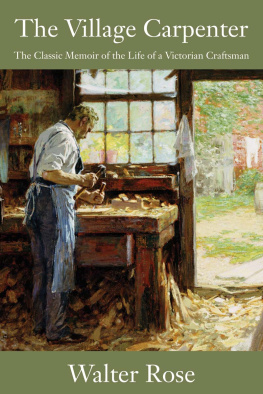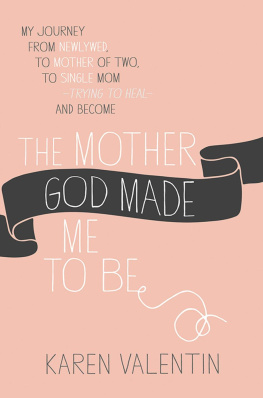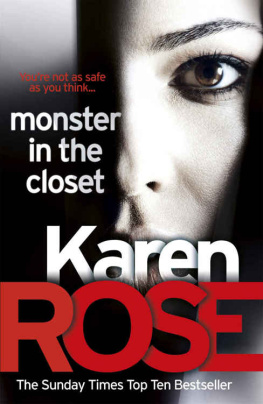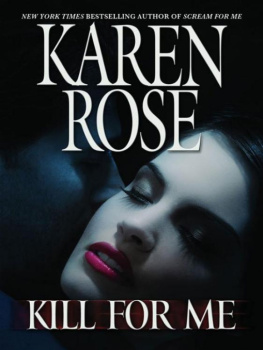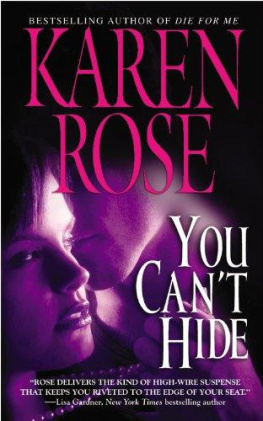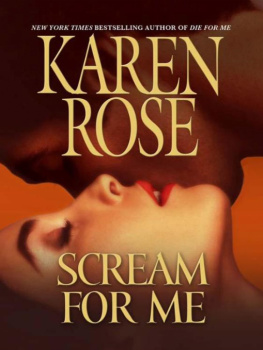LITTLE GIRL BLUE

LITTLE GIRL BLUE
The Life of
KAREN CARPENTER
RANDY L. SCHMIDT
Foreword by Dionne Warwick

Library of Congress Cataloging-in-Publication Data
Schmidt, Randy (Randy L.)
Little girl blue : the life of Karen Carpenter / Randy L. Schmidt ; foreword by Dionne Warwick. 1st ed.
p. cm.
Includes bibliographical references and index.
ISBN 978-1-55652-976-4 (hardcover)
1. Carpenter, Karen, 1950-1983. 2. SingersUnited StatesBiography. I. Title.
ML420.C2564S36 2010
782.42164092dc22
[B]
2009049044
INTERIOR DESIGN: Monica Baziuk
INTERIOR ILLUSTRATION: 2010 by Chris Tassin
2010 by Randy L. Schmidt
All rights reserved
Foreword 2010 by Dionne Warwick
All rights reserved
First edition
Published by Chicago Review Press, Incorporated
814 North Franklin Street
Chicago, Illinois 60610
ISBN 978-1-55652-976-4
Printed in the United States of America
5 4 3 2 1
For Camryn and Kaylee
In loving memory
Lindeigh Scotte (19562001)
&
Cynthia G. Ward (19752005)
Never lose an opportunity of seeing anything that is beautiful;
for beauty is Gods handwritinga wayside sacrament.
Welcome it in every fair face, in every fair sky, in every fair flower
and thank God for it as a cup of blessing.
RALPH WALDO EMERSON
FOREWORD
KAREN CARPENTER was and still is the voice that I listen to with a smile on my face. Her clarity, her approach to the lyric being sung, and the smile I could hear in her voice just fascinated me.
We all are familiar with the hits and the performances, but I was privy to the person. She was a sweet, innocent young lady who had a so much to giveand she wanted to give. She and her brother gave us music music that reached the innermost parts of our being; and that music is truly missed.
When I first heard her sing a song that I had recorded some years ago (Knowing When to Leave from the Broadway show Promises, Promises), I felt quite surprised that anyone would attempt this song, simply because of the complex time signature and range required to sing it. She seemed to have no trouble riding the notes as they were supposed to be ridden, and I was impressed!
I felt a need to get to know this young lady, and fortunately it appeared she desired to meet me. I first met her at A&M just after their recording of Close to You. Years later I happened to be staying in the same hotel as Karen in New York when I ran into her; she was there going through therapy for anorexia nervosa. Since I had not seen her in quite a while, I must say it was shocking to see how very thin she was.
I invited her to my suite the following day for lunch, not knowing that eating was the last thing on her mind, but she graciously accepted the invitation and showed up not really ready to eat but to talk. Little did I know that I succeeded in doing something no one else had been able to do. I was able to get her to eat a cup of soup with a few saltine crackers. We spent the afternoon talking about many things, and she finally told me why she was in New York. It was apparent that anorexia was something she was at odds with and trying to combat, and I felt compelled to let her know I was in her corner and gave her as much encouragement as I could for her to continue her fight. We exchanged phone numbers and promised to keep in touch.
The last time I saw her was at a Grammy photo shoot in January 1983. It was a joyous reunion, and the first thing out of her mouth when she saw me was, Look at me, Ive got an ass! We laughed so hard and loud that the rest of the group took great notice, to say the least. We both agreed that she had a lot of living to do.
To hear of her untimely transition hurt me as if I had lost a family member. She had so much to live for. Being at her funeral was as difficult for me as it was for her immediate family and host of friends. Yes, I will always remember the day we met and that day in New York, and I cherish the continuing friendship I have with her brother, Richard.
DIONNE WARWICK
AUTHORS NOTE
WE START out with the answers, and we end up with the questions. Karen Carpenter treasured this quotation, which fellow singer Petula Clark first shared with her, and recited it to close friends in difficult times. Indeed, no matter how many ways Karens story has been told, the answers always seem to prompt more questions.
On New Years Day 1989, I sat spellbound as The Karen Carpenter Story unfolded. The CBS biopic, which opened with the disturbing reenactment of the events of February 4, 1983, the day of Karens death, made an immediate and enduring impression on this teenage viewer. In the weeks following the airing, Karen Carpenter haunted me. There was something about the way that film presented the pathos of her story atop the soundtrack of her sometimes optimistic but often mournful voice that drew me in. Perhaps it had to do with the movies slightly sensationalistic nature. More likely it was the depth and density of Karens voice. Whatever the reason, I could not get her out of my mind. The filmmakers had provided many answers, but I still had questionsabout Karens life, about her death, and certainly about her music. I wanted to know more. And I have spent many years searching for those answers.
I look upon Little Girl Blue as a continuation of similar efforts. Barry Morrows struggles to write a screenplay for The Karen Carpenter Story that would offend no one are detailed in this books prologue. The baton was then passed to Ray Coleman, who had the arduous task of writing the familys authorized biography. It is my understanding that both men became frustrated (and even furious at times) with the unavoidable confines of their respective assignments. Both were strongly cautioned by several inside the Carpenters camp against taking on the assignments in the first place. According to Karen Itchie Ramone, wife of legendary record producer Phil Ramone, Ray Coleman really had a rough time in terms of editing. And Barry Morrow, forget it! I felt so bad for him. After a while, Ray threw his arms up. As for Barry, he just had his arms tied.
In the face of these admonitions I approached Richard Carpenter with some trepidation. I first met Richard and his wife, Mary, at their Downey home in August 1996 and since that time have been fortunate to visit with him on a number of occasions. Although he has always been genial and accommodating, Richard has rarely lent support to outside ventures without insisting upon editorial control. As expected, he declined to be interviewed for this project. David Alley (his manager at the time) explained that Richard has said all he wishes to say in regard to Karens personal life. But Alley wished me the best with the project and even declared that he and Richard would not discourage others from contributing, which is as close to an endorsement as anyone could hope for.
I believe the lack of collaboration with the Carpenter family, however, has proved to open rather than close important avenues of information. In conducting interviews for this book, it became obvious to me that many details of Karens life story had never been allowed to see the light of day. In fact, a number of those I interviewed expressed their frustration with the heavy-handed editing that has kept her story concealed this long. I have made every effort to keep this book, unlike the previous, authorized accounts, free of an agenda and the Carpenter familys editorial control. This lack of censorship has permitted me to dig deeper, explore the story beneath the surface, and give people outside the family who were close to Karen ample opportunity to express themselves.
Next page

